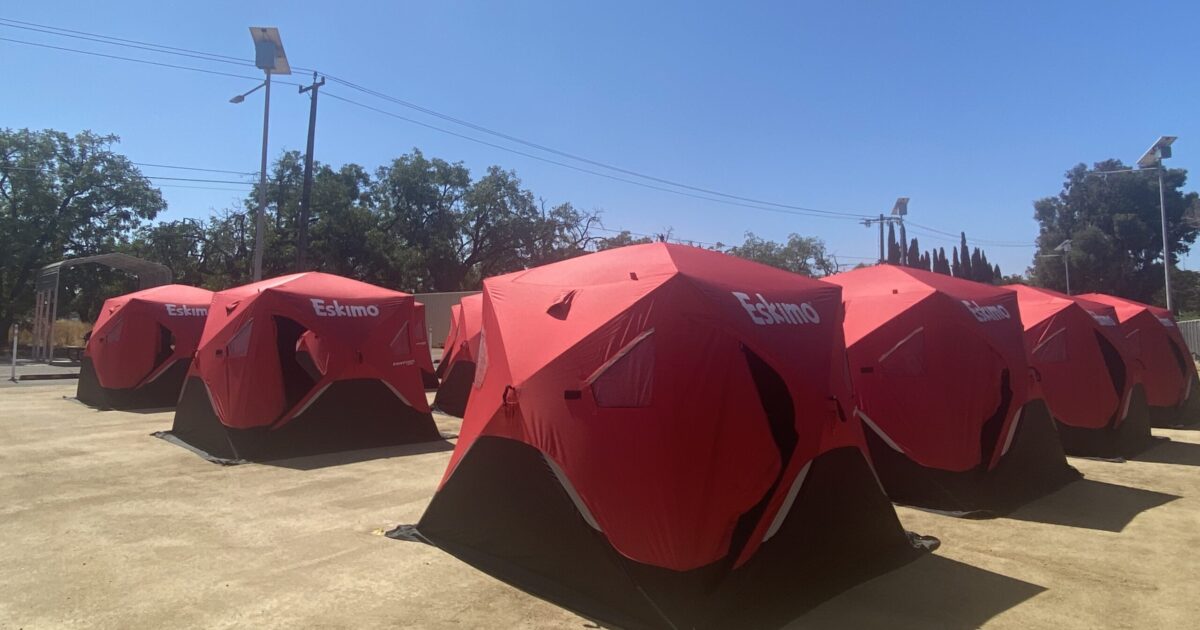
"Walk into any emergency room and you'll see it: triage. Doctors and nurses move fast to stabilize, assess and keep patients alive. It's lifesaving work - but no one would confuse it with treatment. That comes later, when the root causes are addressed, not just the symptoms. Right now, our homelessness response is looking more and more like an ER that never quite gets patients into surgery."
"They're fast, flexible and relatively inexpensive compared to building new housing. They offer safety, stability and dignity to people who otherwise would be sleeping in creekbeds or doorways. They're essential, especially in a community where the cost of housing shuts out more and more people each year. Without them, our streets would be even more dangerous and chaotic. But we can't confuse these interventions with treatment. Triage doesn't heal a broken leg - it just keeps it from getting worse."
Emergency-room triage is used as an analogy to describe current homelessness responses that stabilize people without resolving root causes. Short-term solutions such as safe-sleeping sites, tiny homes and leased motel rooms provide immediate safety, dignity and lower cost than new construction, preventing street chaos and harm. These interventions do not equate to permanent solutions; they are stopgaps that keep conditions from worsening. Over-reliance risks making temporary shelter the default without adequate exits into permanent housing. The true measure of success should be the number of people who move from temporary shelter into stable, permanent housing.
Read at San Jose Spotlight
Unable to calculate read time
Collection
[
|
...
]